You might think your spice rack is the unsung hero of your kitchen—the little lineup of jars you reach for to liven up pasta sauce, elevate a weeknight stir-fry, or sprinkle over roasted veggies. But here’s a secret even savvy home cooks often overlook: many of those colorful powders lose their magic far faster than you think. In fact, some of the most commonly used spices start to fade just months after you crack open the jar. Six months, to be exact.
That means if you’re still clinging to that half-used container of ground nutmeg from two holiday seasons ago, or sprinkling cinnamon into your oatmeal from a jar you’ve had since the pandemic began, your food might be falling flat—and you probably don’t even realize it. What you’re really adding is dust disguised as seasoning. No punch. No fragrance. No flavor.
Spices are made from dried plant parts—seeds, bark, roots, and leaves—that get their flavor from volatile oils. Once ground, those oils start to evaporate, and what’s left behind is often just a shadow of what once was. While whole spices like cloves or peppercorns can stay potent for years, their ground counterparts begin losing flavor fast—sometimes in as little as 3 to 6 months.
So before your next culinary masterpiece turns into a flavorless flop, it’s time to take inventory. This list reveals 9 common spices that simply don’t stand the test of time—and that you should probably toss if they’ve been hiding in your cupboard too long. Spoiler: a few of them are staples you’ve likely used this week. Ready to see what’s still seasoning your food—and what’s just taking up space? Let’s dig in.
1. Ground Cardamom’s Fleeting Fragrance
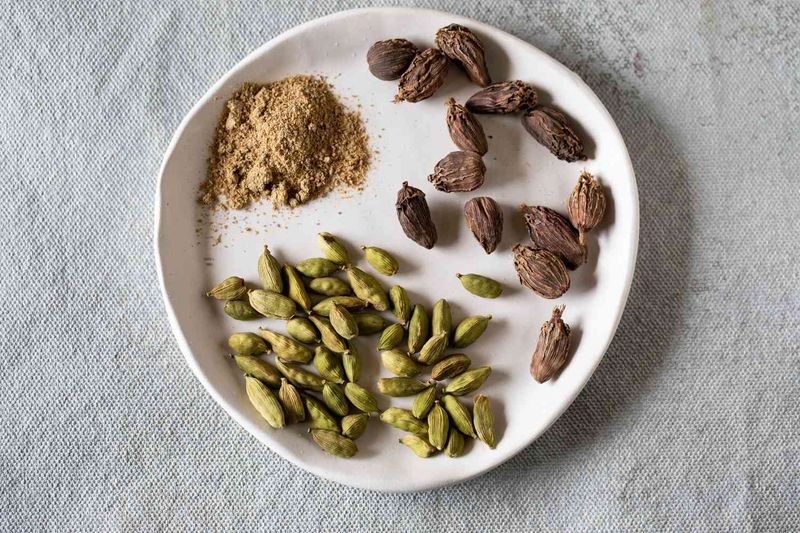
That exotic, floral aroma you’re searching for might have already vanished. Ground cardamom’s delicate oils evaporate quickly once the seeds are pulverized, leaving behind a shadow of its former glory.
Professional chefs recommend buying cardamom pods instead and grinding them as needed. The difference between fresh and old cardamom is like comparing a blooming garden to a faded photograph.
Store any remaining ground cardamom in an airtight container away from heat and light, but remember – the clock starts ticking the moment it’s ground.
2. Ceylon Cinnamon Loses Its Subtle Symphony
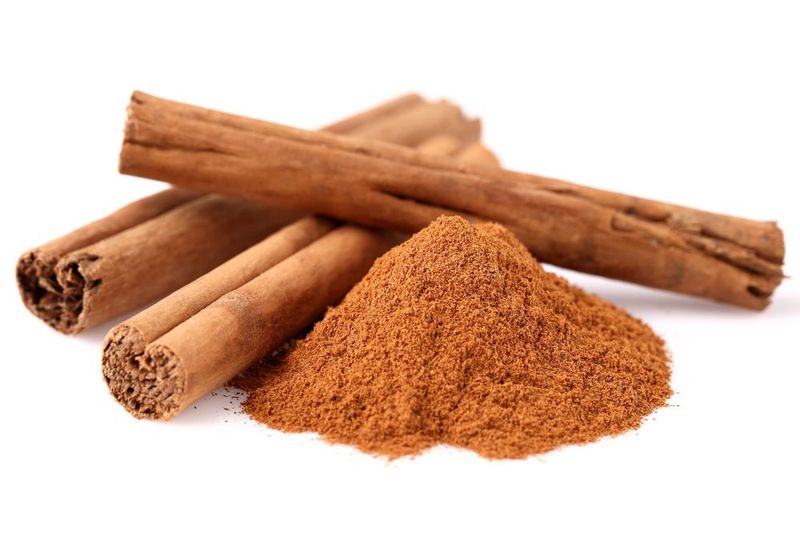
Unlike its bolder cousin cassia, true Ceylon cinnamon boasts delicate, complex notes that simply don’t stand the test of time. After six months, what was once a sophisticated spice becomes merely brown powder.
Many home cooks don’t realize they’re missing out on Ceylon’s nuanced flavor profile. The real tragedy? Most continue using it long after its prime, wondering why their grandmother’s recipes never taste quite right.
For the best flavor experience, buy Ceylon cinnamon in small quantities and replace it twice yearly, regardless of how much remains.
3. Anise’s Licorice Charm Fades Fast
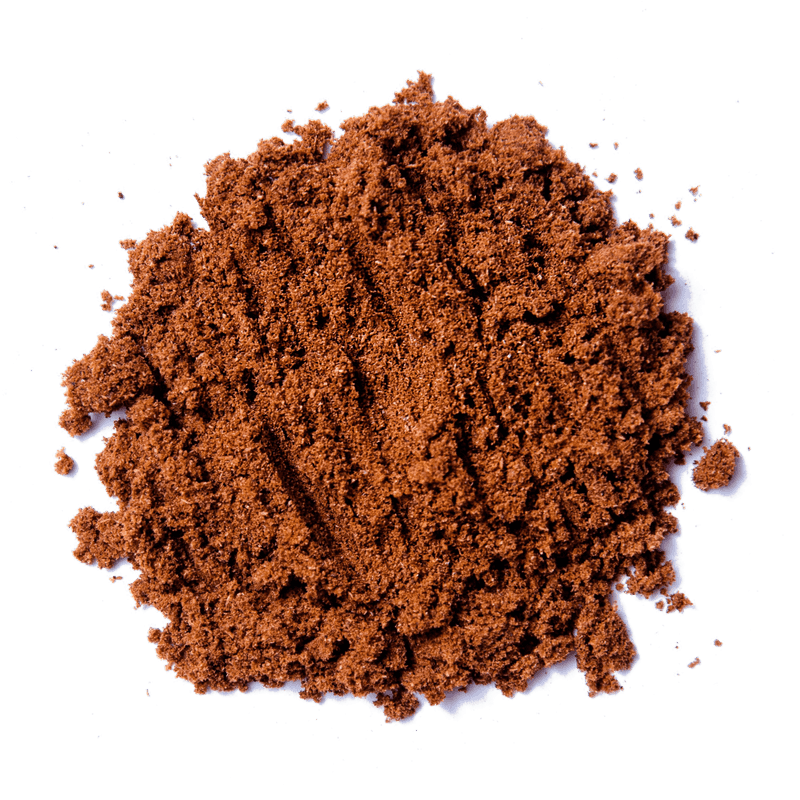
Remember that distinctive licorice kick in your favorite Italian cookies? When ground anise loses its potency, your biscotti will fall flat. The volatile oils responsible for anise’s characteristic flavor are quick to evaporate.
A simple test reveals all: open your spice jar and take a deep whiff. Fresh ground anise delivers an immediate punch to your senses. If you need to stick your nose into the jar to detect anything, it’s time for replacement.
Star anise, while related, suffers the same fate – those beautiful star-shaped pods maintain flavor longer than their ground counterpart.
4. Berbere Blend’s Fiery Soul Diminishes
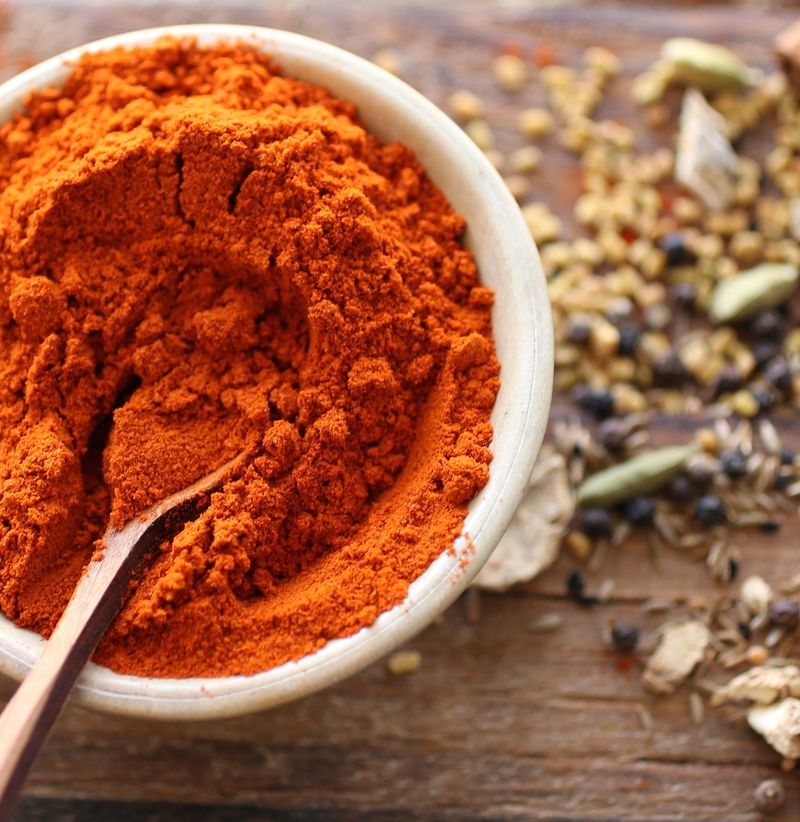
The heart of Ethiopian cuisine loses its beat when this complex spice blend ages. Berbere combines up to 20 different ingredients, creating a harmonious balance of heat, sweetness, and earthiness that simply can’t survive beyond six months.
Each component ages differently – the chiles fade first, followed by the more delicate aromatics. What remains is a muddy, indistinct flavor that bears little resemblance to authentic Ethiopian seasoning.
Small-batch blending is the answer. Mix just enough berbere for a month or two, storing the individual whole spices separately for longer shelf life.
5. Pulverized Bay Leaves Turn Pointless
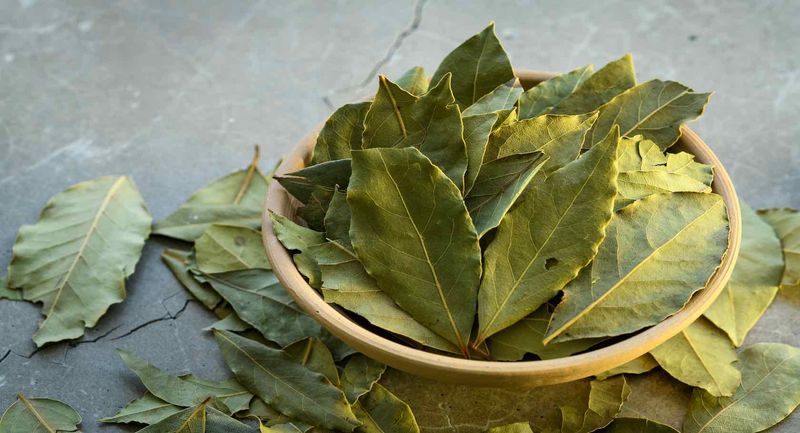
Bay leaves work their subtle magic slowly, infusing stews and soups with their distinctive herbal essence. Once ground, however, they rapidly lose the very compounds that make them worth using.
The aromatic oils in bay leaves are protected within the leaf structure. Crushing destroys this natural preservation system, exposing the delicate compounds to oxygen.
Stick with whole leaves, which can last up to two years when properly stored. Simply remove them before serving – they’ve done their job by then, and nobody enjoys biting into a tough leaf anyway!
6. Ground Nutmeg’s Warm Embrace Weakens
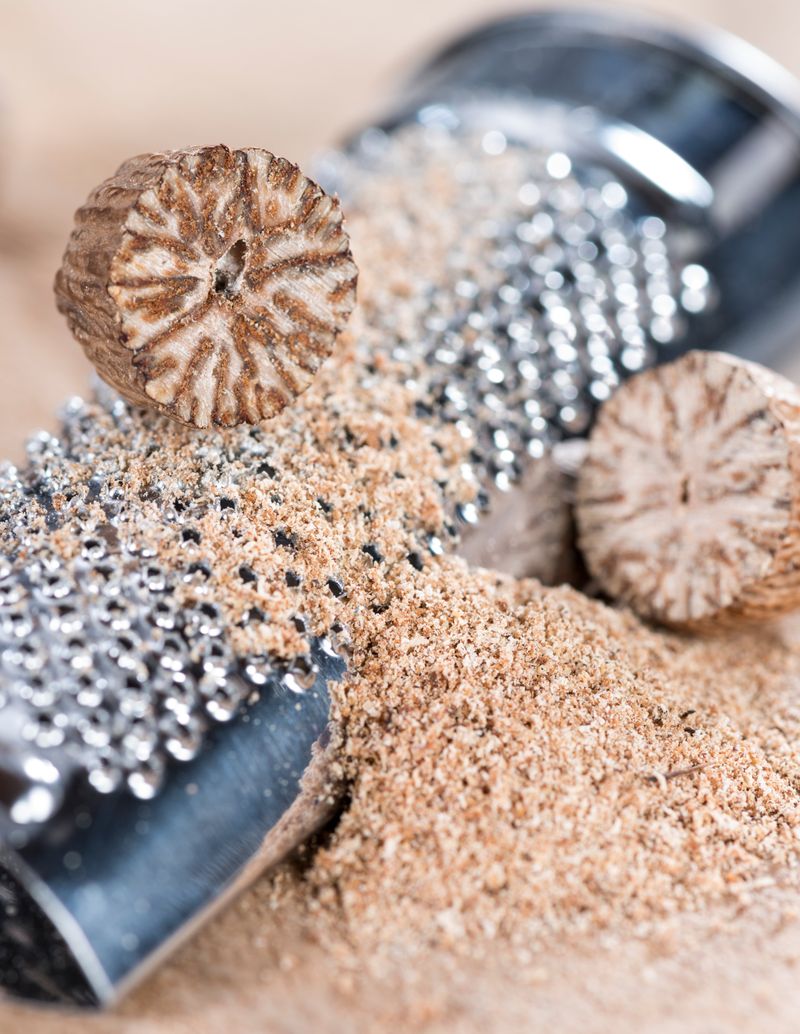
Nothing beats the aroma of freshly grated nutmeg over holiday eggnog or a creamy pasta dish. The pre-ground version starts its decline almost immediately after processing, with a half-life measured in months, not years.
Whole nutmeg seeds contain natural oils locked within their dense structure. These oils – the source of nutmeg’s distinctive warm, spicy character – begin evaporating once the protective shell is broken.
A small investment in a nutmeg grater pays delicious dividends. Whole nutmegs keep their flavor for years, while allowing you to experience the true intensity of this magnificent spice with each fresh grating.
7. Mace’s Delicate Notes Disappear

The lacy red covering of the nutmeg seed creates one of cooking’s most elegant spices. Ground mace brings subtle complexity to everything from donuts to savory sauces, but only when fresh.
After six months, mace’s distinctive flavor – somewhere between nutmeg and pepper with floral hints – becomes a mere ghost. Many cooks don’t notice the gradual decline until they taste a dish made with fresh mace and experience the revelation.
For maximum flavor, seek out whole mace blades and grind them yourself. The vibrant orange-red color of fresh mace is your visual clue to its potency.
8. Dried Basil’s Green Vibrancy Vanishes
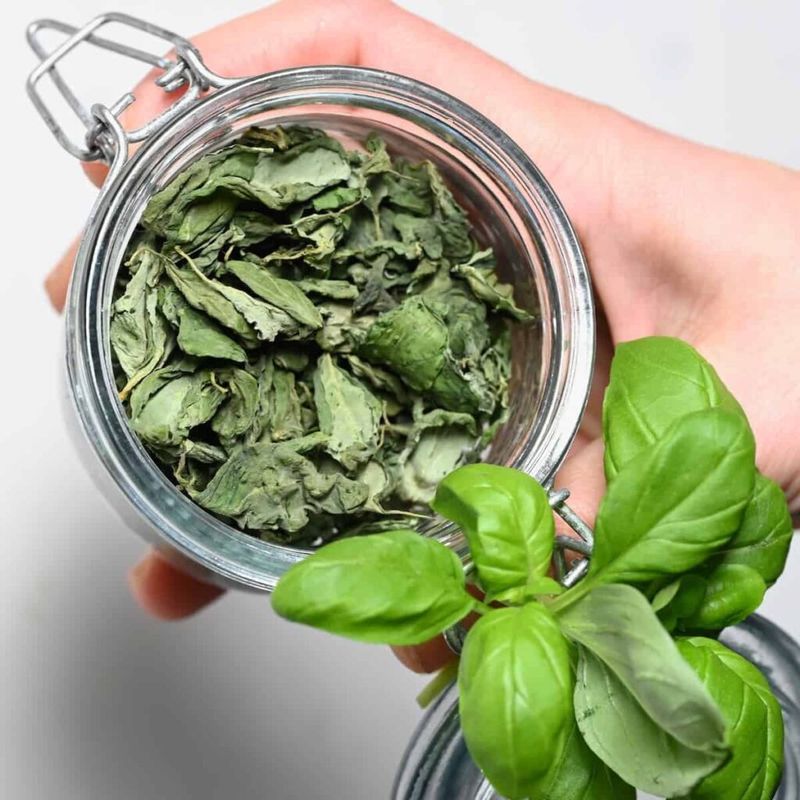
Fresh basil leaves burst with aromatic oils that define Mediterranean cuisine. The dried version starts with significantly less punch and continues losing flavor with each passing week.
After six months, dried basil contributes more color than flavor to your dishes. The essential oils responsible for basil’s characteristic sweet, peppery profile are highly volatile – they simply evaporate over time, leaving behind green flakes that look the part but fail to perform it.
When fresh basil isn’t an option, replace your dried supply frequently. Better yet, freeze fresh basil in olive oil ice cubes for a more authentic flavor year-round.
9. Ground Parsley Becomes Pointless Powder

Parsley’s bright, herbaceous flavor is fleeting even when fresh. Once dried and ground, its characteristic taste begins disappearing almost immediately, becoming nearly undetectable after just a few months.
The pale green powder lingering in your spice cabinet likely contributes nothing but color to your cooking. Professional chefs rarely use dried parsley at all, considering it one of the herbs that simply doesn’t translate well to dried form.
Consider growing parsley in a small pot on your windowsill instead. This hardy herb requires little care and provides fresh flavor whenever needed – no expiration date required.
Leave a comment